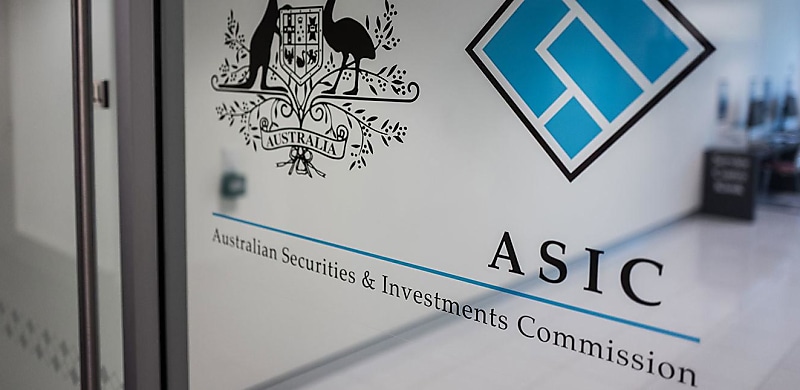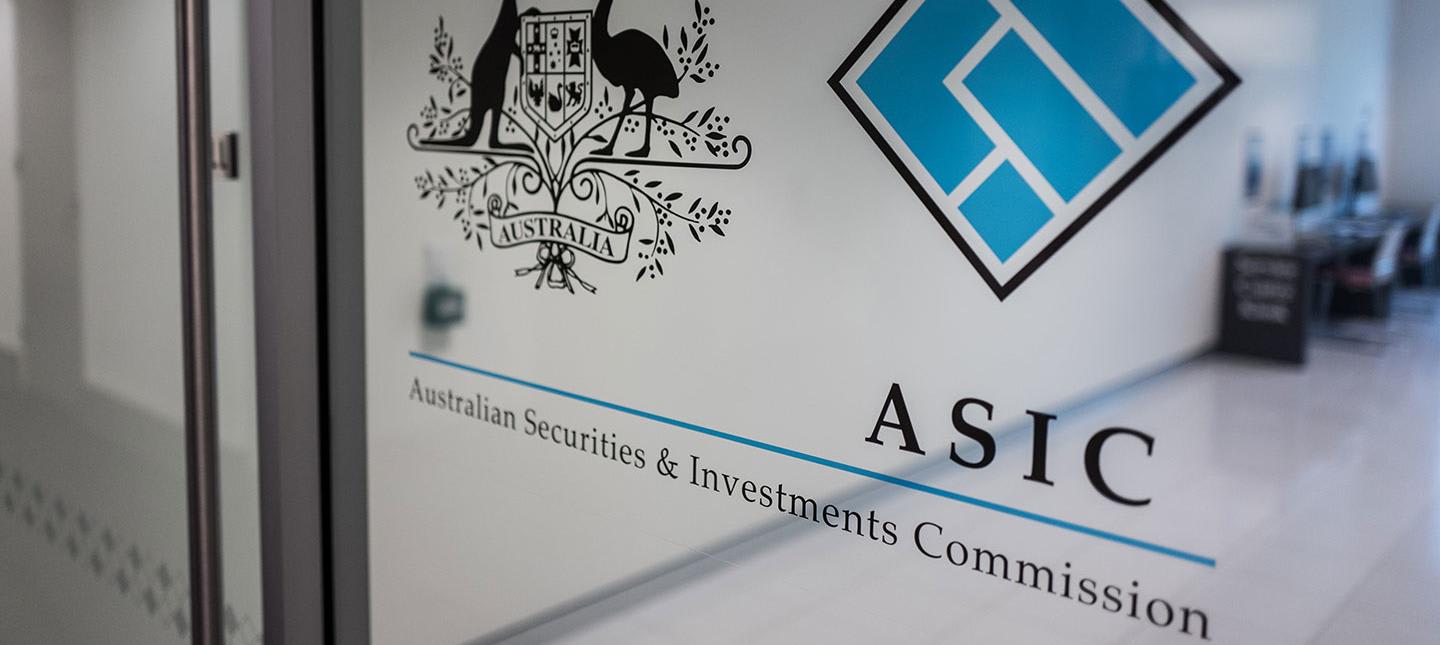
Credit intermediaries will pay $3.11 million in ASIC levies for FY24, a reduction of 27 per cent on FY23, according to new estimates.
The Australian Securities & Investments Commission (ASIC) has published its draft cost recovery implementation statement (CRIS) for the financial year 2023–24.
The levies, which are based on ASIC’s planned regulatory work and associated costs for the last financial year, will be finalised in December and invoiced between January and March 2025.
The regulator has estimated that there will be a minimum levy of $1,000 for credit intermediaries for FY24.*
In total, ASIC expects to recover $3.11 million from the 4,214 credit intermediary entities it regulates, which have 40,728 credit representatives working under them.
This is down 27 per cent on the $4.27 million it collected from industry in FY23 (when credit intermediaries were charged a minimum levy of $1,000 plus $1.32 per credit representative).
According to the regulator, the costs will help cover the work it undertook in the deposit-taking and credit sector over the last financial year.
For FY24, the costs for credit intermediaries largely relate to regulation/enforcement related to:
Protecting financially vulnerable consumers
Including those affected by predatory lending practices, non-compliance with new consumer protections relating to small amount credit contracts and consumer leases, high-cost credit, and debt management or debt collection misconduct, including conduct by unlicensed or ‘fringe’ entities.
Car financing
Taking action against car financing-related misconduct and liaising and working closely with the Australian Competition and Consumer Commission (ACCC) and state and territory fair trade regulators on this.
Compensation Scheme of Last Resort (CSLR)
Supporting the establishment of the CSLR, which officially kicked off in FY24 and made its first payments earlier this year (one of which was tied to broking).
The levies also cover ASIC’s work in education, industry engagement, guidance, and policy advice, as well as indirect costs such as digital, data and technology, and corporate support.
While the total operating expenditure is expected to be $2.72 million, ASIC will also recover $0.34 million for an adjustment for the prior year and $62,000 for allowance for capital expenditure.
Overall, ASIC expects to recover $345.6 million of regulatory costs from the financial services industry as a whole via cost recovery levies and statutory levies for 2023–24.
The largest levies will be paid by the corporate sector ($91.3 million).
Following corporates are investment management/superannuation and related services ($65.7 million), market infrastructure and intermediaries ($64.1 million), financial advice ($54.5 million), and then the deposit-taking and credit sector (including credit intermediaries) at $49.7 million.
Only the insurance sector has a lower levy cost for FY24 than the broking industry this year, at $21.3 million.
Calls for ASIC funding to be overhauled
The release of ASIC’s cost recovery estimates comes amid calls for widespread reform at ASIC.
Last week, a scathing Senate economic references committee report put forward recommendations to change the financial services regulator, including easing the funding burden on small businesses.
Specifically, the report recommended taking “reasonable steps” to ensure levies charged on industry subsectors are reduced (commensurate with increased resourcing to the regulator through the proceeds of fines).
Instead, it advised that the government “reassess” ASIC’s funding arrangements so that a greater level of funding can be directly resourced with the proceeds of regulatory fines (including late fees, court fines, penalties, and infringement notices).
It also advised ensuring that regulatory authorities are accountable for the level of resources linked to cost-recovered activity and face obligations to rationalise surplus resourcing to reduce costs on the industry subsector participants.
When releasing the report last week, the chairperson of the committee, senator Andrew Bragg said: “The Committee understands the pressure of ASIC levies on small business. We have recommended lightening the load on small business by recalibrating the funding model.
“We need regulators to be responsive and transparent, but most of all to be focused on enforcement.
“These measures, if adopted, would provide Australians with the protection and confidence which is sadly absent.”
You can find out more about the ASIC report, the suggested recommendations, and thoughts on changing the industry funding model in The Adviser’s What’s Making Headlines podcast below:
*Since this story was published, ASIC has updated its minimum levy estimate for credit intermediaries. The new estimated levy is $737, not $1000, as originally reported. Find out more about the error in its original CRIS here.
[Related: ASIC slammed for inaction, Senate calls for reform]
 Login
Login











JOIN THE DISCUSSION